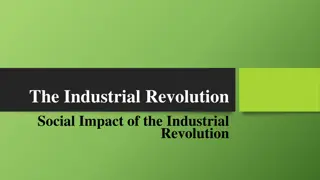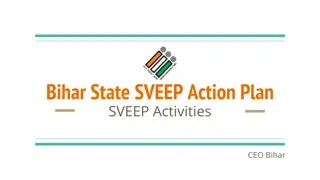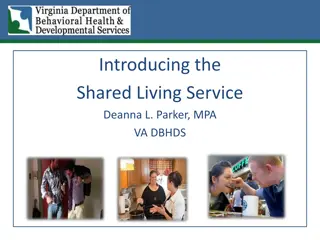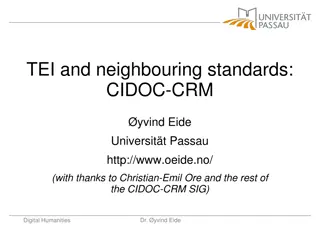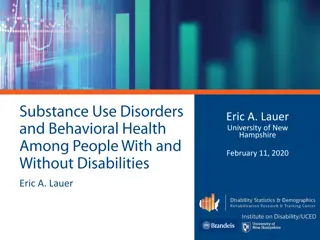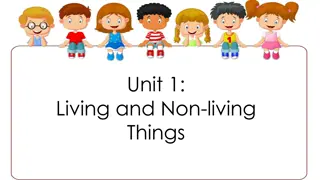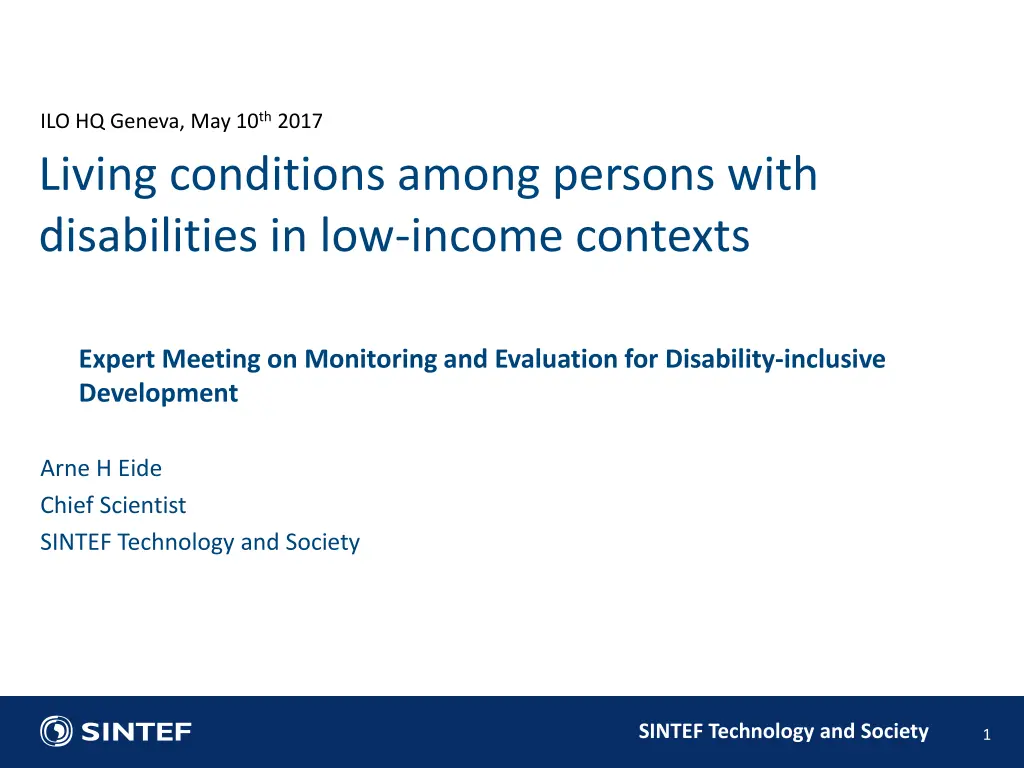
Living Conditions Among Persons with Disabilities in Low-Income Contexts
Explore studies on living conditions among people with disabilities in various countries, conducted through a participatory approach with a focus on household and individual levels. The research delves into accessibility of services, employment, health, education, poverty, and social participation, among other crucial factors for disability-inclusive development.
Download Presentation

Please find below an Image/Link to download the presentation.
The content on the website is provided AS IS for your information and personal use only. It may not be sold, licensed, or shared on other websites without obtaining consent from the author. If you encounter any issues during the download, it is possible that the publisher has removed the file from their server.
You are allowed to download the files provided on this website for personal or commercial use, subject to the condition that they are used lawfully. All files are the property of their respective owners.
The content on the website is provided AS IS for your information and personal use only. It may not be sold, licensed, or shared on other websites without obtaining consent from the author.
E N D
Presentation Transcript
ILO HQ Geneva, May 10th2017 Living conditions among persons with disabilities in low-income contexts Expert Meeting on Monitoring and Evaluation for Disability-inclusive Development Arne H Eide Chief Scientist SINTEF Technology and Society SINTEF Technology and Society 1
Studies on living conditions among people with disabilities Namibia (2003) Zimbabwe (2003/2013) Malawi (2004/2017) Zambia (2006/2015) South Africa (2006) Mozambique (2009/2018) Lesotho (2010) Swaziland (2011) Botswana (2016) Nepal (2016) www.sintef.no arne.h.eide@sintef.no 2008-01-01 SINTEF Technology and Society
LC studies in southern Africa Participatory approach Cross-sectional, two-stage cluster sampling: Selection of EAs based on National Sampling Frame 1st stage data collection: screening procedure covering all households in selected EAs to identify households with disabled members 2nd stage data collection: full interviews of identified households with disabled members full interviews of neighbouring households without disabled members Questionnaires: Screening instrument (Washington Group + UNICEF/WG Child Module) Living conditions household level Disability specific questionnaire including ICF based measures on activity and participation SINTEF Technology and Society 2008-01-01
Overview of the study process Detailed interview of household with disabled member Interview of person/s with disabilities Household listing and screening Detailed interview of household without disabled member (matched) Interview of person/s without disabilities (matched) SINTEF Technology and Society 4
RELEVANCE FOR SDG MONITORING hhO Accessibility of public and private services Service gaps Discrimination Employment HOUSEHOLD LEVEL Health literacy Assistive devices Education Healthy lives Poverty Abuse Social participation Socio- economic status Violence Environmental barriers Dietary diversity Food availability INDIVIDUAL LEVEL Dependency ratio Access to information Availability of: Energy Sanitation Water Housing infra- structure SINTEF Technology and Society 5
SDG disability specific indicators Indicators disaggregated by with/without disability Gender disparities: access to all levels of education Productive employment: Unemployment rate Empowerment: Voting turnout Social protection: Percentage receiving benefits Health coverage: Percentage receiving needed health care Percentage receiving needed assistive devices Violence against women: Percentage of women/girls subjected to physical and/or sexual abuse Access to water: Percentage using safely managed drinking water Access to sanitation: Percentage using safely managed sanitation services SINTEF Technology and Society 6
Results from LC studies in southern Africa (2003 2016) Gap analyses - assistive devices 80.00 70.00 60.00 Percentage of disabled 50.00 40.00 Needed Received 30.00 20.00 10.00 0.00 Namibia Zimbabwe 2003 Zimbabwe 2013 Malawi Zambia Mozambique Swaziland Lesotho Botswana SINTEF Technology and Society 7
Results from LC studies in southern Africa (2003 2014) Use of assistive device by gender 45.00 40.00 35.00 30.00 Percentage of disabled 25.00 Males 20.00 Females 15.00 10.00 5.00 0.00 Namibia Zimbabwe 2003 Zimbabwe 2013 Malawi Zambia Mozambique Swaziland Lesotho Botswana SINTEF Technology and Society 8
Access to primary education (=> 5 years) 100.00 90.00 80.00 70.00 60.00 Percentage 50.00 Disabled 40.00 Non-disabled 30.00 20.00 10.00 0.00 SINTEF Technology and Society





